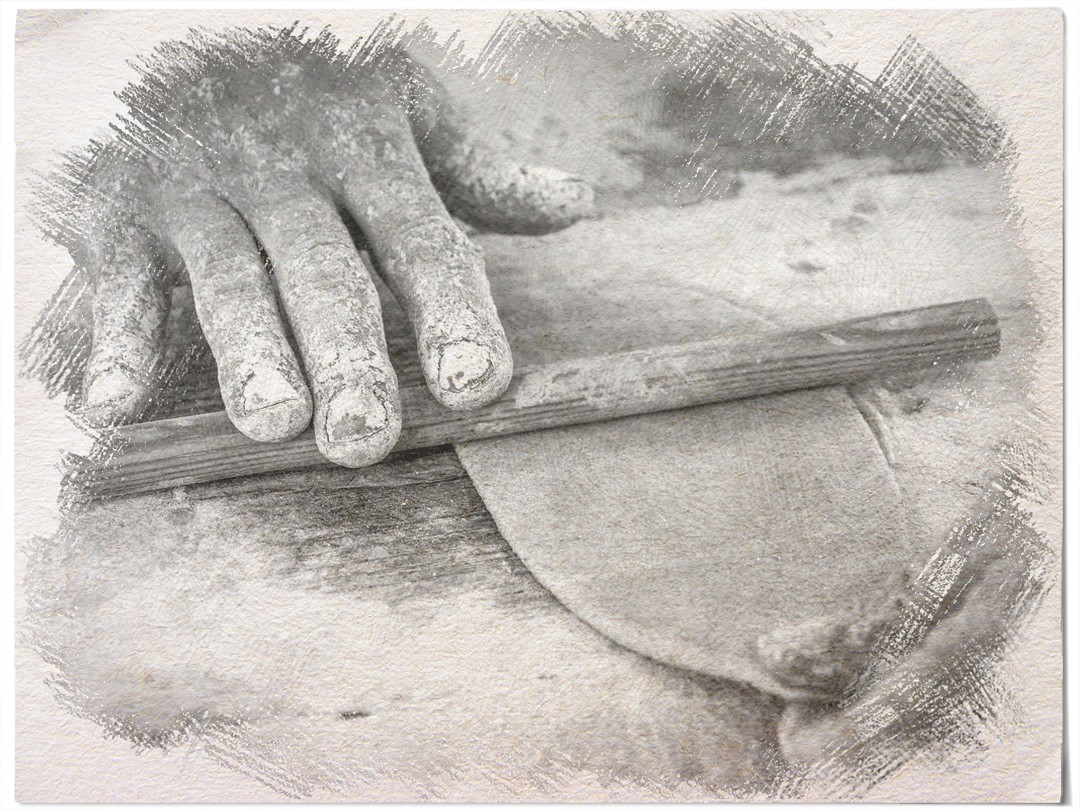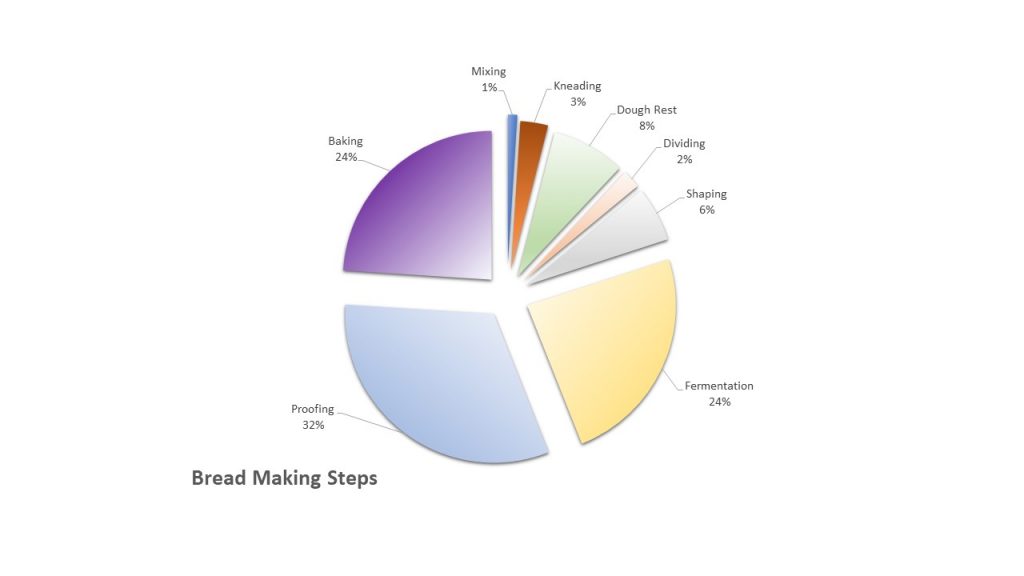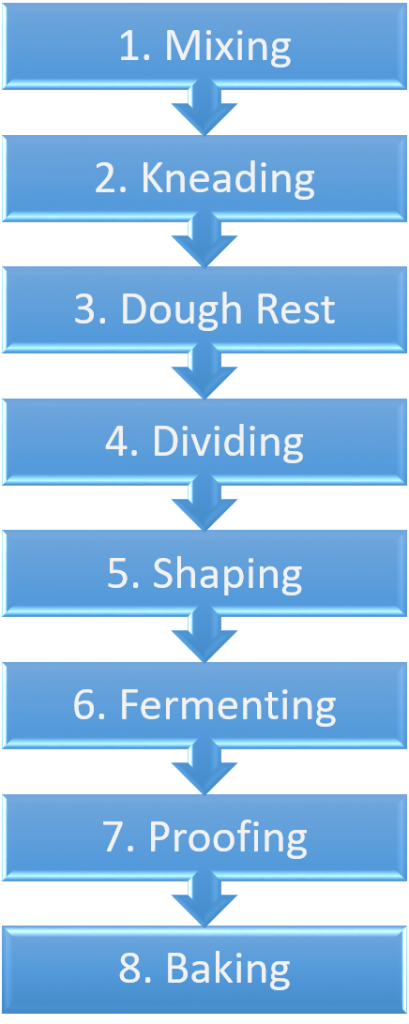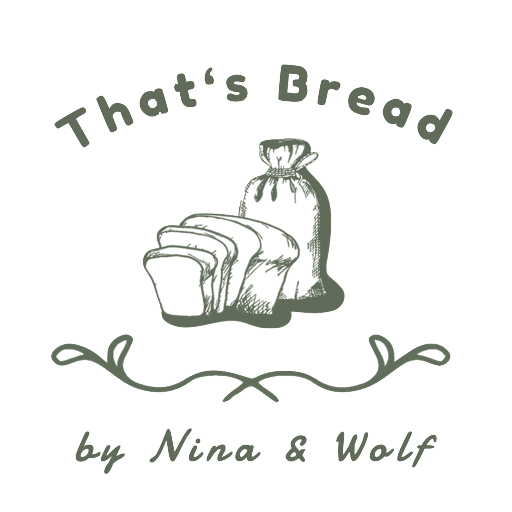How to make my Bread

Let’s first have a brief thought about the different kinds of bread there are and their use. But before we begin let us tell you that the process of making bread is the same for all types of bread. The only differences are in kneading times, fermentation and proofing that determines the type of bread you make.
If you look at the recipes and read through them you will notice these differences. Choose the type of bread you want to make and don’t worry too much … it’s really quite simple. Once you have read through a recipe you will get the feeling where the differences lie and see that you will always follow the same pattern.
Here are a few examples of the different types of bread you could make:
Making bread in the shortest possible time
Bagels, Scones, Pizza, etc. fall into this category. The doughs for these types take only a relatively short time to make.
These are for anyone that is wanting quick results.
Something to eat with meals
Bread and Butter rolls, French style breads, etc. have a neutral flavour and are quite suitable to add to meals. Some of these can even make a meal on their own.
Sweet and sweet tasting breads
Brioche, Raisin Breads, etc. are sweet breads that can be used as a snack, for breakfast or satisfying your sweet tooth in between and would have ingredients such as sugar and eggs. They are a little firmer in texture and have often a buttery taste.
Something a little more difficult
Specialty Breads like Tartine, French breads and Sourdough Breads need time and are a little more difficult to make since they require accuracy in temperature, kneading and proofing. They also require a little more patience on your part – sourdough for instance takes time to develop.
So – how much time will it take?
Yeast and Sourdough are the ingredient that actually creates your bread, gives it texture and flavour. You need either or both of them to get a good result.
The other two important factors that have an impact on the quality of your bread – time and temperature. Both of these factors weave themselves through the entire recipe. Have a look at the pie chart below that will give you an insight into how much time is typically taken up by each stage in the process of making bread.

Bread is made by combining the ingredients of a recipe and repeatedly inflating and deflating the dough at various stages. The yeast and the sourdough will help you and provide the gas in the dough so you can achieve this and at the same time they give flavour to the dough.
But you also must follow a specific process in order to get a good result. The flowchart below gives you an idea how these stages you have seen in the pie chart above are combined and applied to reach the goal of making bread. First you need to prepare all your ingredients. Get them ready and also prepare any pre-doughs you may need. Then the process of making the bread starts

- Mixing: Mix the ingredients at a slow speed. You just want the ingredients to combine and not raise the temperature.
- Kneading: Now knead the dough for the stipulated time and until you reach the desired dough temperature. Remember: Do not exceed the correct dough temperature.
- Dough Rest: After that, take out the dough and rest it on the bench. This is also known ad the 1st fermentation – or bench time.
- Dividing: After the bench time, divide the dough as required in preparation for shaping the dough.
- Shaping: shape the individual dough pieces into a loaf or whichever shape you want.
- Fermenting: After shaping the dough it is time to put the dough into a proofing basket or tin. See what the recipe says. Your 2nd Fermentation can now start.
- Next, the dough is being proofed – given time to rise and develop flavour at specified temperature and humidity.
- Once the desired proofing stage has been reached, you can now bake your bread.
Do I need any special ingredients for making bread?
At its most basic level you will only need flour, water, yeast, salt and a little bit of elbow grease (to knead your dough). Though this will already give you the ability to make bread, it will also be very basic.
As for equipment – of course you would also need to have an oven, a work bench to knead your dough on, a thermometer to check the dough temperature and a scale to weigh your ingredients – but lets assume for a moment you have these. We have set up another page that goes into more details on what items you could add to your baking kitchen to make baking bread more pleasurable and increases the guarantee for a great result.
